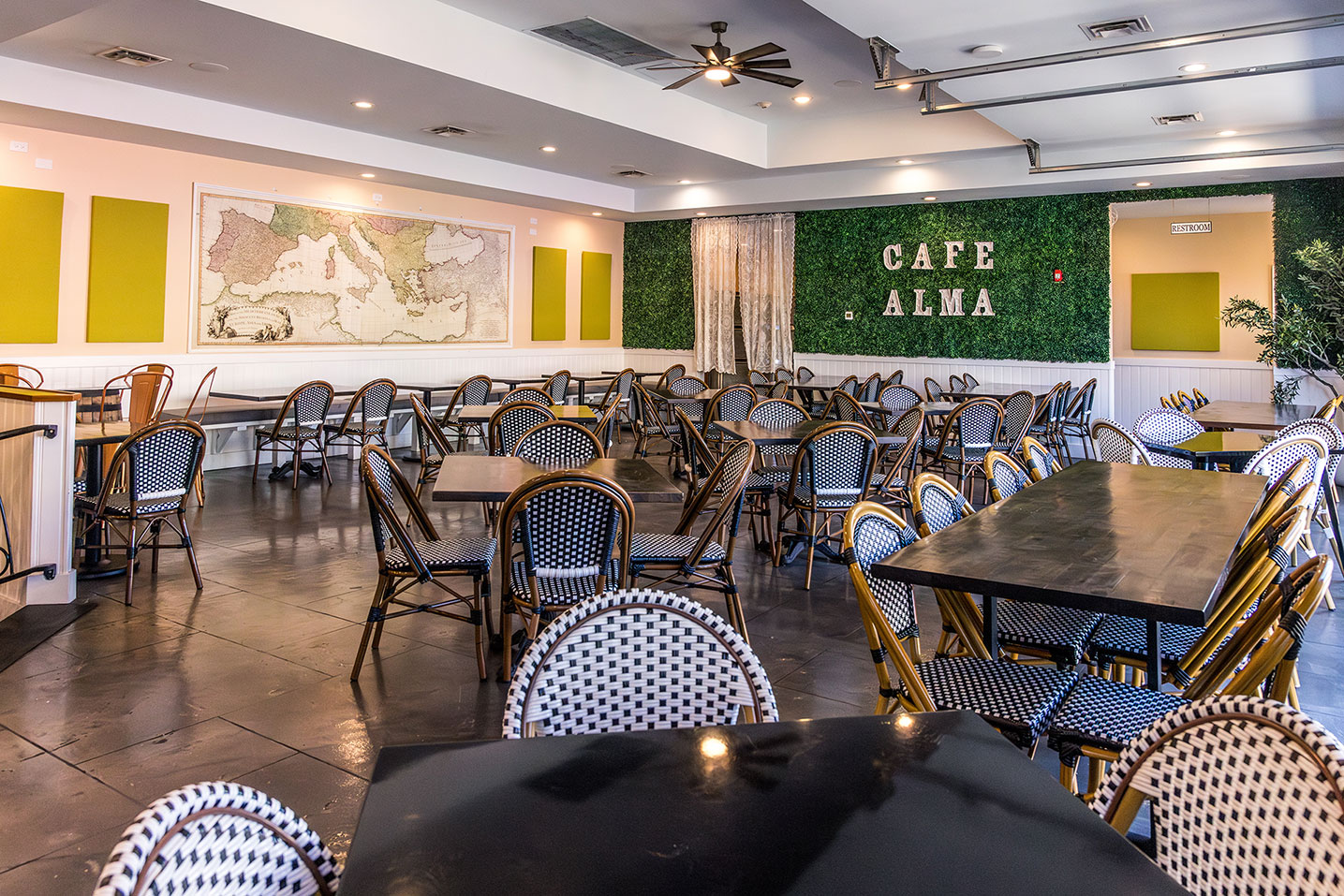
Several years ago, traipsing across Germany, my better half was in search of a “Bavarian-style” pretzel. To set the scene, late afternoon is upon us, but not yet time for the evening meal. Everybody is a bit peckish. So, a big pretzel would do the trick! What she, and we other members of the six person entourage, wanted was one of those big soft pretzels festooned with kosher salt. You know what we were after, right? You find them at just about any major sporting event. You find them at eateries such as Hofbrau House in Newport KY, or at Servatii’s bakery. Even in the frozen food isles of supermarkets, you find these pretzels. Ubiquitous? Just about, at least here in the U.S., and they carry a Bavarian cache with them. What you will not find is that style of pretzel in Germany. Or at least, we spent the better part of an hour in search of one in Munich, and nobody had a clue what we were talking about.

Mongolian beef
The same incongruity exists with Chinese cuisine in the US of A. The cuisine has been Americanized, so that what we enjoy and even revere here as the best of Chinese cookery, might not even exist in China. At Johnny Chan 2, owner/manager/sometime chef Frank Shi, admits as much. Few in the know would argue the point. This is true not only of Johnny Chan 2, but of just about every Chinese restaurant coast to coast, border to border. For instance, “classic” entrée items such as beef with broccoli and sesame chicken in fact may be classic — but only here in America. Not in China, since these dishes are creations of Chinese restaurateurs here in the States.
Take sesame chicken, for example. While the origin of this dish is cloudy at best, the style of sesame chicken we think of and love to eat probably is a Chinese-American take on a chicken dish that originated in China almost a millennia ago. The difference comes from the sauce that provides the flavor for this dish. Battered and wok-fried chicken pieces, usually from thighs of the chicken, are flavored or “dressed” in a translucent sauce that is reddish brown in color. The sauce likely is a combination vinegar, sake or white wine, chicken stock and corn starch, with the addition of sugar. There are variations. The sugar gives the thick, clingy sauce its sweetness. Lastly, the dish is sprinkled with sesame seeds, either plain or toasted.

Sesame chicken with a side of fried rice
According to food writer Natalie Lobel (Redbook, House Beautiful, LA Times, and more), “You won’t find sesame chicken in China, the battered chicken coated in sweet sauce and tossed in sesame seeds.” She went on to say that vegetables are the mainstay of food in China, even today. Beef with broccoli? She added that beef generally is eaten in small amounts as a flavoring rather than a central ingredient. And broccoli of the type Americans eat is not even grown in Asia. So, beef with broccoli in China? Not going to find it anywhere, so don’t bother looking.
As for me, while never having been to China, the Americanized versions of Chinese foods is all good. Even if the Chinese food we enjoy differs from that found in China, my sense is the vegetables are still prominent in most entrée dishes offered in these Americanized eateries. That is especially true of Johnny Chan 2, where dishes such as Mongolian beef, and beef with broccoli, and several stir-fries of chicken entrée dishes are loaded with vegetables. Then, there are vegetarian selections that are winners for me. Highest among these are: Yu Hsiang eggplant, which features deep-fried eggplant that is stir-fried with red peppers, bamboo shoots, water chestnuts, carrots, and pea pods in a brown sauce; and the eggplant Shanghai style, also featuring deep-fried eggplant with other veggies in a brown sauce. Both are scrumptious!

Beef with mixed vegetables
For Shi, the linchpins of outstanding Chinese food are freshness and quality, whether of the type found in China or the Americanized version he makes for his patrons. He knows that Chinese food has the reputation of being on the inexpensive side. As far back as the 19th century, Chinese restaurants were known as being dining spots for the thrifty, deriving wonderful flavors from humble ingredients. Shi thinks more in terms of customer satisfaction than cost, saying: “We just keep food good quality for customer; just make sure food is quality and fresh. That important,” he said. We agree whole-heartedly.
See you at Johnny Chan 2!





